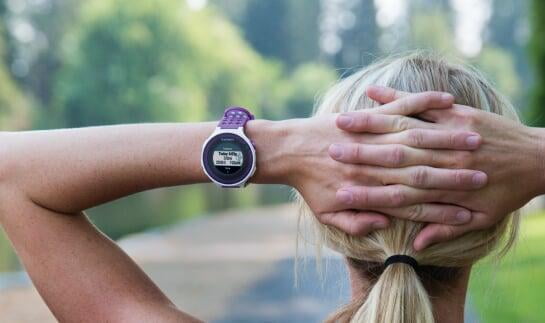
The activity tracker market has drastically evolved over the years, from the early days of cheap pedometers sold in cereal boxes, to today, a multi-billion dollar industry featuring high-tech smart watches worn 24/7.
The market has been able to advance so rapidly because of the growing support for activity trackers as a powerful tool in personal behavior change.
This is highlighted by healthcare innovators likeCleveland Clinicintegrating devices into population health programs, where participants earn rewards based on activity levels.
So why are these innovators looking to devices to be a key piece of their population health solutions?
It comes down to a few key benefits:
Wearables build awareness
Awareness is the starting point for behavior change, and activity trackers make it easy for users to begin to understand their actual physical activity levels. Many users simply become motivated to move more once they see that their baseline level is significantly lower than they perceived.
The data from wearables then support user’s skill development, and ultimately mastery, by continuing to show a real-time profile of daily movement. For instance, an office worker may internalize that from 8.30 AM to 5.30 PM they typically don’t move at all.
This data driven awareness allows them to make healthier decisions, such as adding a walking meeting to their day, or being active at lunchtime.
Wearables support social interaction
Numerous studies have established the clear link between positive social relationships and positive health outcomes. Activity trackers support this link by creating new ways for users to engage in healthy social interaction.
The simple presence of the device on an individual's wrist allows conversations about activity to flow more easily.
The leaderboards and challenges included in many of the devices apps also continue to foster healthy interaction and competition throughout a users social circle. The devices allow users to celebrate achievements and push each other to work harder.
Wearables allow employers to get a clear picture of their population's health
Ultimately, if employers can collect and analyze aggregate data, they can then evaluate the overall impact of activity trackers on their employee population.
Motion Connected has many clients that not only see significant individual improvements, (weight loss, reduction in prescription drug use) but have been able to show a link between daily activity levels and population health risk reduction, and in some cases actual claims cost avoidance.
Given these key benefits and our past 9 years experience delivering wearables integrated programs, we believe wearables will continue to drive positive results within populations across the nation.
Want to learn more about implementing your own wearables strategy? Connect with us via email at info@motionconnected.com
